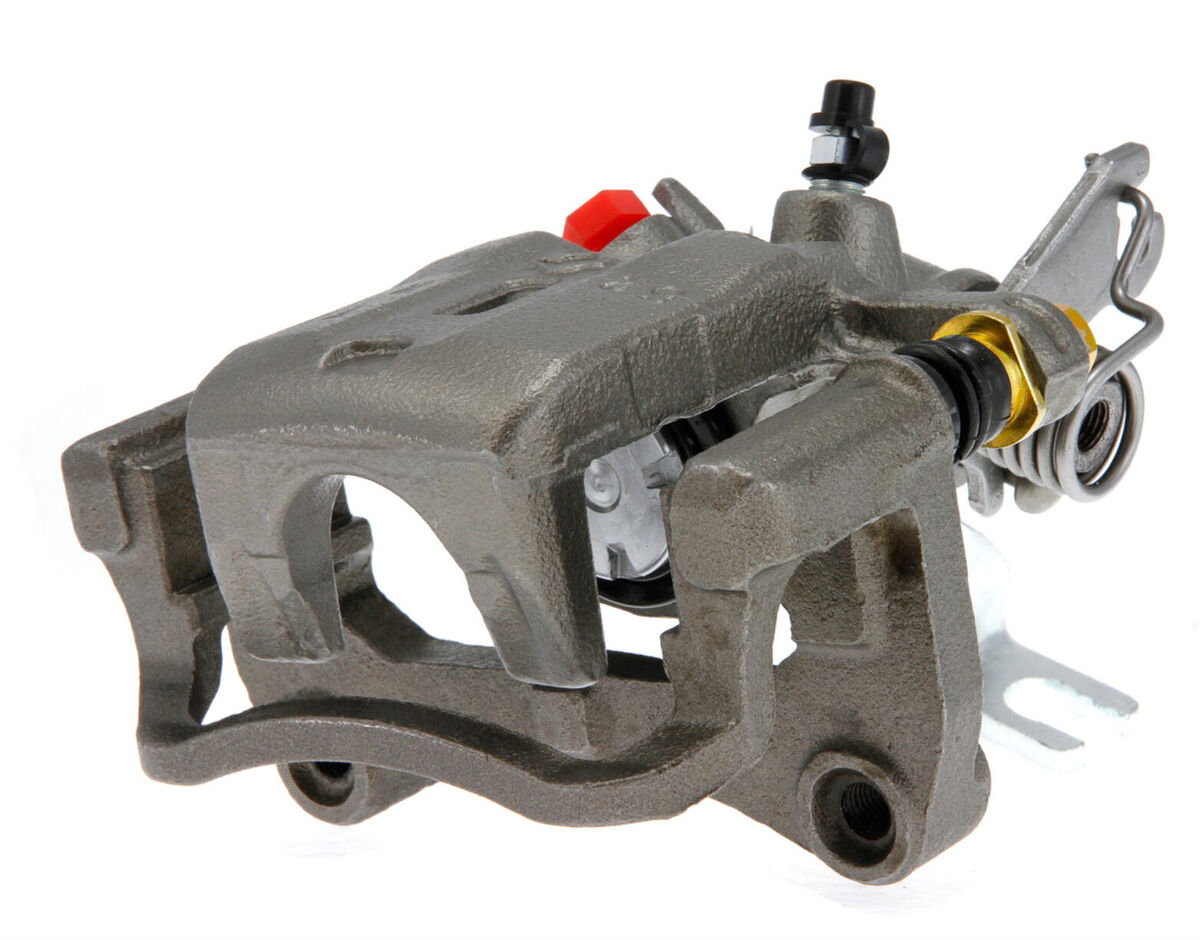

Articles
What Is A Core Charge For Calipers
Modified: December 7, 2023
Discover what a core charge for calipers is and how it affects your purchase decisions. Explore our informative articles on this topic to make an informed choice.
(Many of the links in this article redirect to a specific reviewed product. Your purchase of these products through affiliate links helps to generate commission for Storables.com, at no extra cost. Learn more)
Definition of a Core Charge for Calipers
A core charge for calipers is a fee that is imposed by automotive parts retailers or manufacturers to ensure the return of the old or used caliper when a new one is purchased. It is essentially a deposit that acts as an incentive for customers to return the old caliper, which is then refurbished or rebuilt for resale.
When a vehicle undergoes brake repair or maintenance, it is common for the calipers – the components responsible for the clamping force on the brake pads – to be replaced. Rather than disposing of the old calipers, retailers and manufacturers encourage customers to return them so that they can be recycled or rebuilt.
The concept of a core charge is not unique to calipers; it is a common practice in the automotive industry for various parts, such as alternators, starters, and batteries. However, in the case of calipers, the cost of replacement can be significantly higher, which often necessitates the implementation of a core charge.
Typically, the amount of the core charge for calipers is equal to the price of a new caliper. The customer pays this fee when purchasing the new caliper and can receive a refund upon returning the old caliper within a certain timeframe. The returned caliper is then either rebuilt or recycled, reducing waste and promoting sustainability.
It is important to note that the core charge is separate from the price of the new caliper itself. Customers are responsible for paying both the core charge and the price of the new caliper. Additionally, the core charge is generally refundable only if the returned caliper meets certain criteria, such as being the correct model and in rebuildable condition.
Overall, a core charge for calipers is an industry practice that helps ensure the responsible disposal or refurbishment of old calipers while providing customers with an incentive to participate in the process. By implementing core charges, retailers and manufacturers can contribute to a more sustainable automotive industry and reduce environmental impact.
Key Takeaways:
- Core charges for calipers promote sustainability by incentivizing the return of old parts, reducing waste, and ensuring the availability of affordable refurbished calipers.
- Understanding and following the core charge process empowers customers to contribute to a seamless and sustainable transaction while accessing quality brake components.
Read more: What Are Calipers
Why Core Charges Exist for Calipers
Core charges for calipers are in place for several key reasons. These charges serve both the automotive industry and customers by encouraging the return of old calipers and facilitating their refurbishment or recycling. Here are some reasons why core charges exist for calipers:
- Promoting Sustainability: By incentivizing the return of old calipers, core charges contribute to promoting sustainability in the automotive industry. Instead of old calipers ending up in landfills, they can be refurbished or recycled, reducing waste and conserving resources.
- Ensuring Availability of Refurbished Parts: Refurbishing old calipers allows them to be sold as rebuilt units at a lower price compared to new calipers. This provides customers with more affordable options for brake repair or maintenance, ensuring the availability of parts at various price points.
- Reducing Manufacturing Costs: Rebuilding old calipers is often more cost-effective for manufacturers compared to producing entirely new units. Core charges help offset the expenses associated with rebuilding and refurbishing, allowing manufacturers to offer competitive prices while still maintaining profitability.
- Encouraging Recycling: Calipers, like many other automotive parts, contain valuable materials that can be recycled. Core charges incentivize customers to return their old calipers, ensuring that these materials are properly recycled, rather than being discarded as waste.
- Maintaining Quality: Refurbished calipers that meet strict quality standards can offer comparable performance to new ones. Core charges enable manufacturers to invest in the necessary processes and technologies to ensure that refurbished calipers meet these quality requirements.
While core charges might be an additional cost for customers upfront, they ultimately benefit both the automotive industry and consumers. By ensuring the return and refurbishment of old calipers, core charges contribute to sustainability, affordability, and the availability of quality parts. They also encourage responsible disposal practices and help reduce the environmental impact of the automotive sector.
How Core Charges for Calipers Work
Understanding how core charges for calipers work can help customers navigate the process and ensure a smooth transaction. Here is a step-by-step overview of how core charges are typically implemented:
- Purchasing a New Caliper: When a customer needs to replace a caliper, they visit an automotive parts retailer or manufacturer. They select the appropriate new caliper for their vehicle and proceed to the checkout.
- Adding the Core Charge: During the checkout process, the core charge is added to the total cost of the purchase. The core charge represents a deposit that will be refunded upon returning the old caliper.
- Receiving the New Caliper: Once the purchase is complete, the customer receives the new caliper, along with a receipt that indicates the core charge.
- Returning the Old Caliper: The customer is typically given a certain timeframe, such as 30 days, to return the old caliper. It is important to note that the old caliper must meet specific criteria to be eligible for a refund.
- Evaluating the Old Caliper: When the old caliper is returned, it undergoes an evaluation process. This includes checking for any damage beyond normal wear and tear, verifying that it is the correct model, and assessing whether it is rebuildable or suitable for recycling.
- Refund or Adjustment: If the returned caliper meets the required criteria, the customer will receive a refund or an adjustment on the original purchase, typically equal to the core charge amount. This refund can be issued in various forms, such as cash, credit, or store credit.
- Rebuilding or Recycling: The returned caliper is then sent to a refurbishing facility where it undergoes a thorough rebuild or recycling process. Rebuildable calipers are refurbished to meet quality standards, while non-rebuildable calipers are recycled to recover valuable materials.
- Availability of Refurbished Calipers: Refurbished calipers, once rebuilt and tested, become available for sale as remanufactured or rebuilt units. These refurbished calipers offer a more affordable alternative to new ones and help maintain a sustainable supply of quality parts.
It is crucial for customers to understand the specific terms and conditions associated with a core charge. This includes the timeframe for returning the old caliper, the criteria for eligibility, and the method of receiving the refund or adjustment. By adhering to these guidelines, customers can ensure a smooth core charge process and contribute to a more sustainable automotive industry.
Benefits of Core Charges for Calipers
Core charges for calipers offer several benefits to both the automotive industry and customers. These benefits contribute to sustainability, affordability, and the availability of quality parts. Here are some key advantages of core charges for calipers:
- Promotes Sustainability: Core charges encourage the return of old calipers, reducing waste and promoting sustainable practices. By refurbishing or recycling the returned calipers, valuable materials are conserved, and the environmental impact of manufacturing new calipers is reduced.
- Ensures Availability of Refurbished Calipers: Core charges facilitate the refurbishment of old calipers, which can then be sold as rebuilt or remanufactured units. This provides customers with more affordable options for brake repairs and maintenance, making quality calipers accessible to a wider range of budgets.
- Reduces Manufacturing Costs: Refurbishing old calipers is generally more cost-effective for manufacturers compared to producing entirely new units. Core charges help offset the expenses associated with rebuilding and refurbishing, allowing manufacturers to offer competitive prices while still maintaining profitability.
- Encourages Responsible Disposal Practices: Core charges incentivize customers to return their old calipers instead of discarding them. This promotes responsible disposal practices as the returned calipers can be properly recycled or rebuilt, reducing the amount of automotive waste that ends up in landfills.
- Promotes Quality Standards: To ensure customer satisfaction and safety, core charges encourage manufacturers to maintain strict quality standards for refurbished calipers. This ensures that the rebuilt units meet or exceed the performance and reliability of new calipers and provides customers with confidence in their purchase.
- Supports the Circular Economy: Core charges are part of the broader concept of the circular economy, where resources are kept in use for as long as possible. By encouraging the return and refurbishment of calipers, core charges contribute to a more sustainable and circular automotive industry.
Overall, core charges for calipers play a crucial role in promoting sustainability, affordability, and quality in the automotive industry. By incentivizing the return of old calipers, customers can contribute to reducing waste and environmental impact, while also benefiting from more affordable options for brake repairs. Manufacturers can efficiently utilize resources, maintain quality standards, and offer competitive pricing. It is through core charges that the automotive industry continues to evolve towards a more sustainable and responsible future.
When purchasing calipers, be aware that a core charge may be applied. This is a refundable deposit to ensure the return of the old caliper for remanufacturing. Be sure to inquire about the core charge and the return process before making your purchase.
How to Handle Core Charges for Calipers
Handling core charges for calipers requires understanding the process and following certain guidelines to ensure a smooth transaction. Here are some steps to handle core charges effectively:
- Be Aware of the Core Charge: When purchasing a new caliper, make sure to ask about the core charge and understand the amount that will be added to the purchase price. This knowledge will help you plan your budget accordingly.
- Inspect the Old Caliper: Before returning the old caliper, inspect it to ensure it meets the necessary criteria for a refund. Check for any damage beyond normal wear and tear and ensure it is the correct model for your vehicle.
- Keep the Proof of Purchase: Retain the receipt or invoice provided during the purchase of the new caliper. This document will be needed to claim the core charge refund.
- Return the Old Caliper within the Timeframe: Follow the specified timeframe for returning the old caliper. Usually, it is around 30 days from the date of the purchase. Returning the old caliper promptly ensures a higher chance of receiving the refund.
- Ensure Proper Packaging: Package the old caliper securely to prevent any damage during transit. Use appropriate packaging materials to protect the caliper and ensure it reaches its destination in good condition.
- Include Required Documentation: When returning the old caliper, include all the required documentation, such as the proof of purchase and any additional forms or paperwork specified by the retailer or manufacturer. This helps to streamline the refund process.
- Follow the Retailer’s Instructions: Pay attention to any specific instructions provided by the retailer or manufacturer regarding the return of the old caliper. Follow their guidelines to ensure a hassle-free refund process.
- Keep Track of the Refund: Once the old caliper is returned, keep track of the refund process. Monitor your account or contact the retailer or manufacturer to ensure that the refund is processed correctly and in a timely manner.
- Consider Rebuilt Options: If you are in need of a new caliper, consider purchasing a rebuilt or remanufactured unit. These options often come at a lower price compared to brand new calipers, making them more cost-effective.
- Dispose Responsibly if Not Eligible: If the old caliper is not eligible for a refund due to damage or other reasons, dispose of it responsibly. Contact local recycling facilities or disposal centers to ensure it is properly recycled or disposed of according to local regulations.
By following these steps, you can handle core charges for calipers effectively, ensuring that you receive the refund and contribute to the sustainable reuse or recycling of the old caliper. It is important to be proactive, keep track of the process, and follow the retailer’s instructions to ensure a smooth experience.
Read more: What Are The Two Types Of Calipers
Common Misconceptions about Core Charges for Calipers
Core charges for calipers can sometimes be misunderstood, leading to misconceptions among customers. Here are some common misconceptions about core charges and the truth behind them:
- Core charges are a way for retailers to make extra profit: One common misconception is that core charges are simply a way for retailers to make additional profit. However, core charges exist to incentivize the return of old calipers, promoting sustainability and reducing waste. The refundable nature of core charges ensures that customers are not charged an extra fee for the returned caliper if they follow the guidelines.
- Core charges are non-refundable: Another misconception is that core charges are non-refundable. In reality, core charges are refundable upon the return of the old caliper in rebuildable condition and within the specified timeframe. As long as the returned caliper meets the required criteria, customers are eligible for a refund or adjustment on their purchase.
- Core charges are a hidden fee: Some may perceive core charges as hidden fees, but they are typically disclosed at the time of purchase. The amount of the core charge is stated separately from the price of the new caliper, ensuring transparency in the transaction. Customers have the right to ask about core charges and understand the terms and conditions associated with them.
- Core charges are a way to force customers to return the old caliper: While core charges do incentivize customers to return the old caliper, they are not meant to force customers to do so. The goal is to encourage responsible disposal practices and recycling, contributing to a more sustainable automotive industry. The decision to return the old caliper is ultimately up to the customer.
- All core charges have the same value: Core charges can vary depending on the specific caliper model and manufacturer. The amount of the core charge is usually equivalent to the price of a new caliper. However, it is essential to check with the retailer or manufacturer for the exact core charge amount, as it can differ between different caliper types and brands.
- Core charges are unnecessary: Some may question the need for core charges, believing that old calipers can simply be discarded. However, core charges exist to promote sustainability, reduce waste, and ensure the availability of refurbished parts. By encouraging the return of old calipers, core charges contribute to the circular economy and the responsible management of automotive parts.
Understanding the truth behind these common misconceptions can help customers make informed decisions and have a better understanding of the purpose and benefits of core charges for calipers. By debunking these misconceptions, we can appreciate the role core charges play in promoting sustainability and offering affordable and quality brake components.
Conclusion
Core charges for calipers are a common practice in the automotive industry that incentivizes the return of old calipers, promoting sustainability and reducing waste. By imposing a deposit on the purchase of a new caliper, retailers and manufacturers encourage customers to return the old caliper, which can then be refurbished or recycled.
Through core charges, the automotive industry ensures the availability of affordable refurbished calipers while reducing manufacturing costs. Furthermore, these charges contribute to responsible disposal practices, as the returned calipers are either rebuilt to meet strict quality standards or recycled to recover valuable materials.
It is important for customers to understand the core charge process and follow the necessary steps to handle it effectively. By being aware of the core charge amount, inspecting the old caliper, returning it within the specified timeframe, and keeping track of the refund process, customers can contribute to a seamless and sustainable transaction.
Despite some common misconceptions about core charges, they are not a hidden fee or a means for extra profit. Instead, they serve as a transparent way to promote sustainability, affordability, and quality in the automotive industry.
In conclusion, core charges for calipers play a significant role in ensuring the responsible disposal and refurbishment of old calipers, promoting sustainability, and reducing waste. By participating in the core charge process, customers contribute to a more sustainable automotive industry and have access to affordable and quality brake components.
Frequently Asked Questions about What Is A Core Charge For Calipers
Was this page helpful?
At Storables.com, we guarantee accurate and reliable information. Our content, validated by Expert Board Contributors, is crafted following stringent Editorial Policies. We're committed to providing you with well-researched, expert-backed insights for all your informational needs.
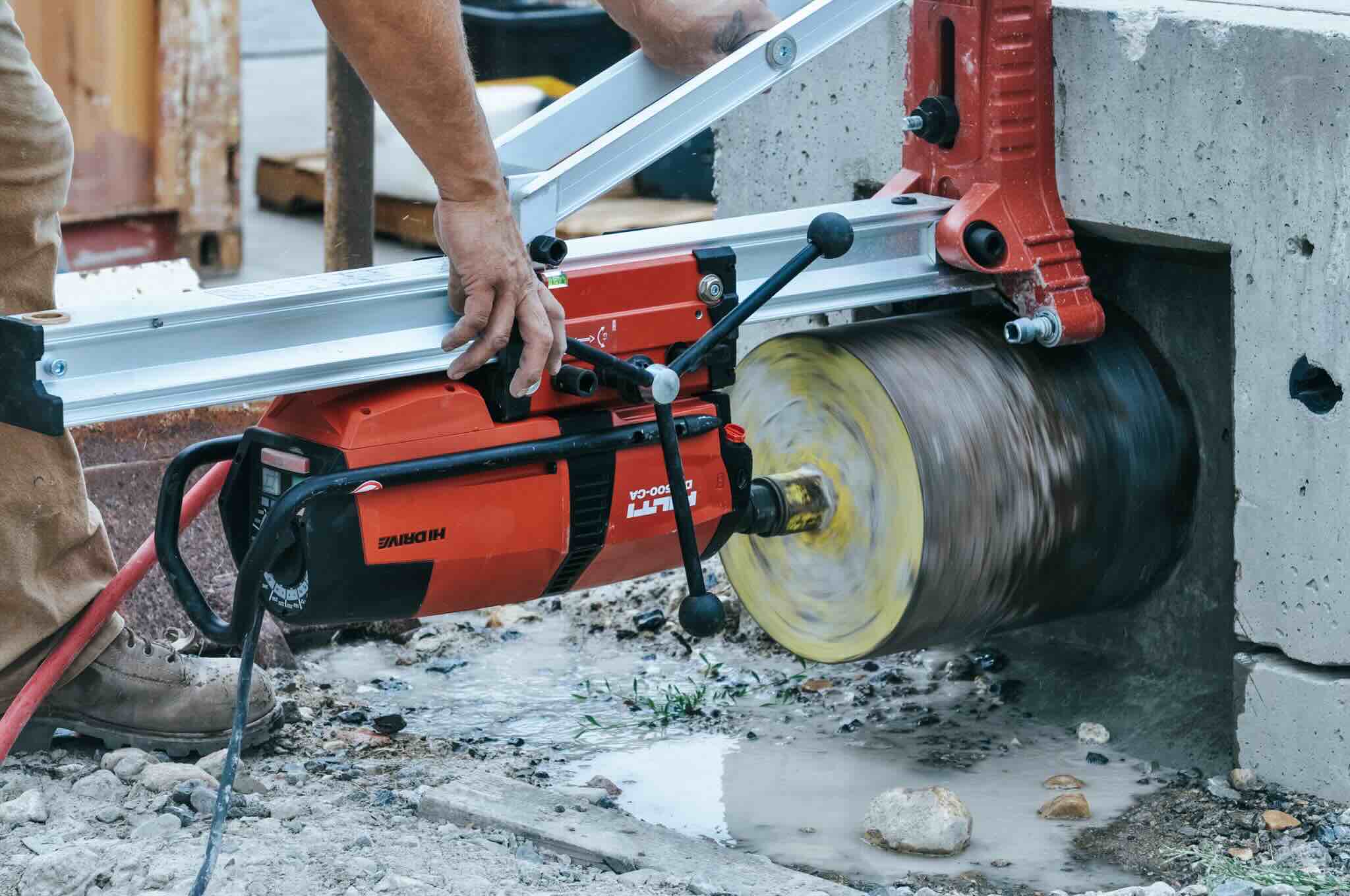
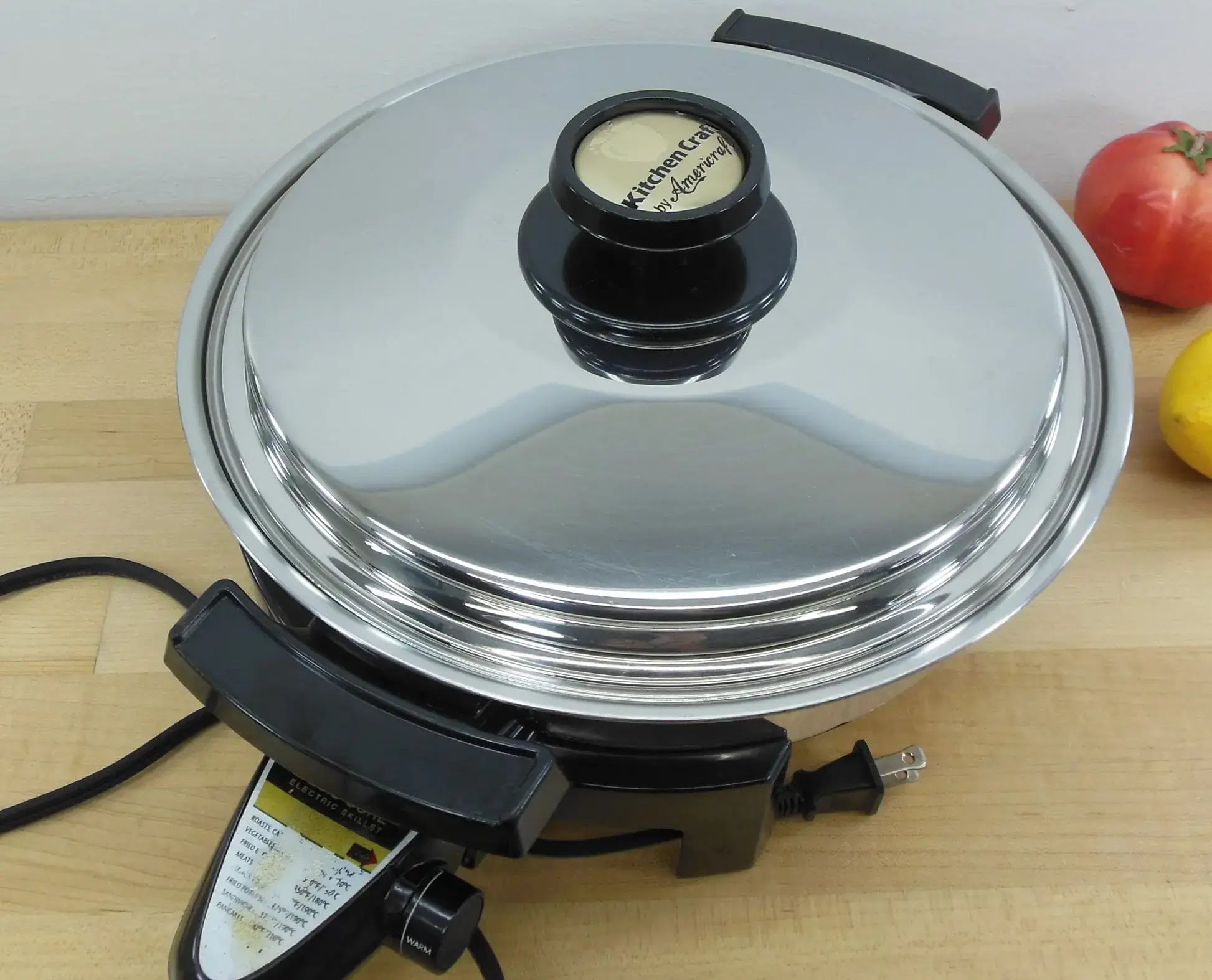
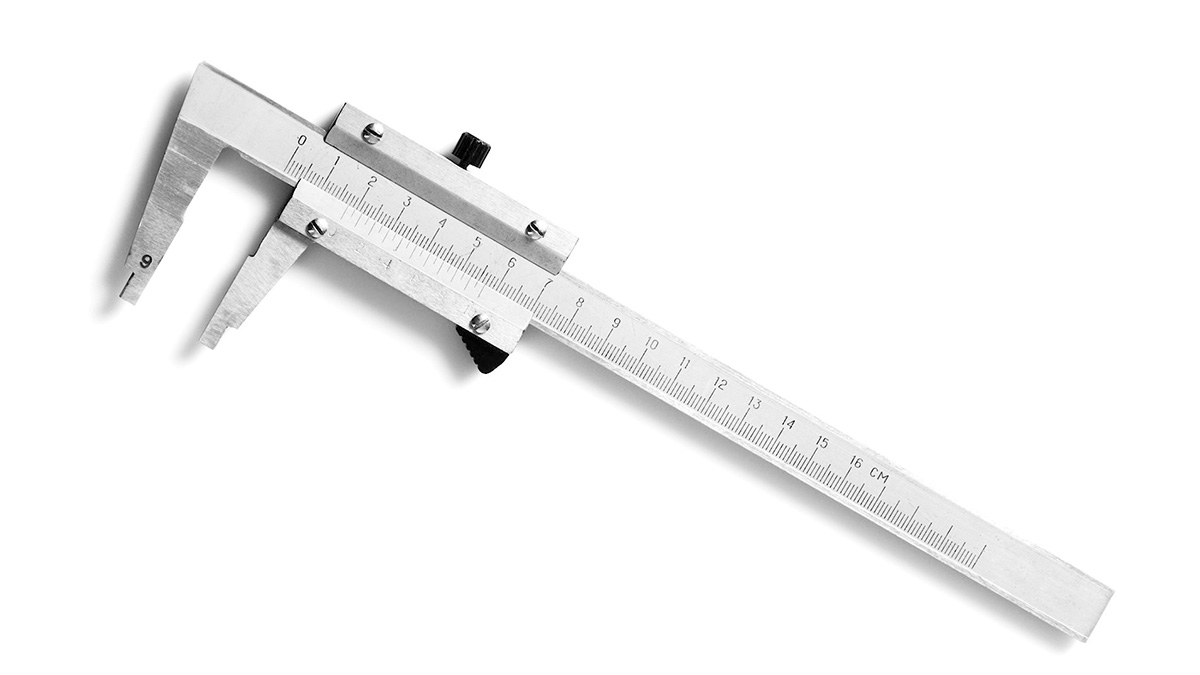
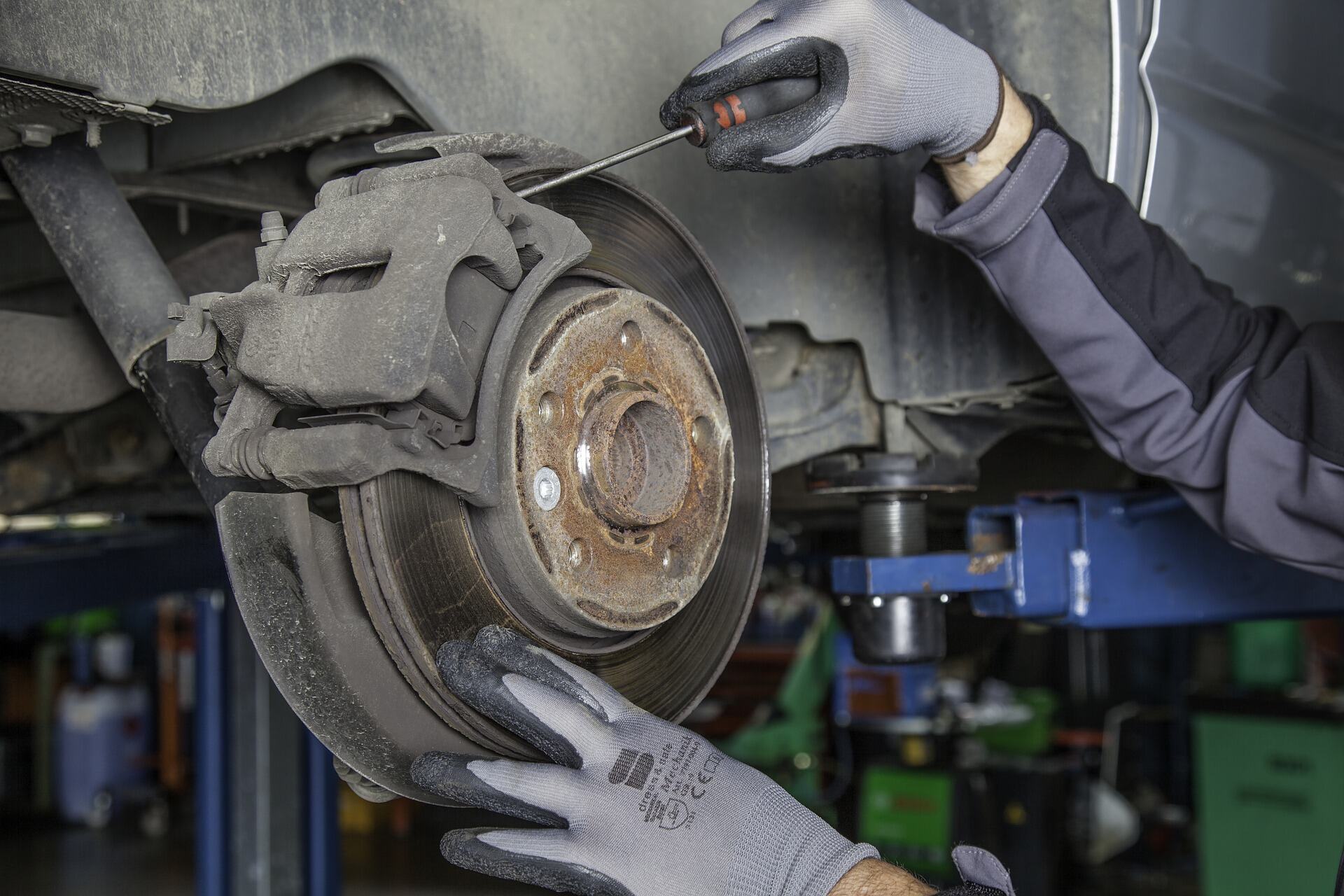

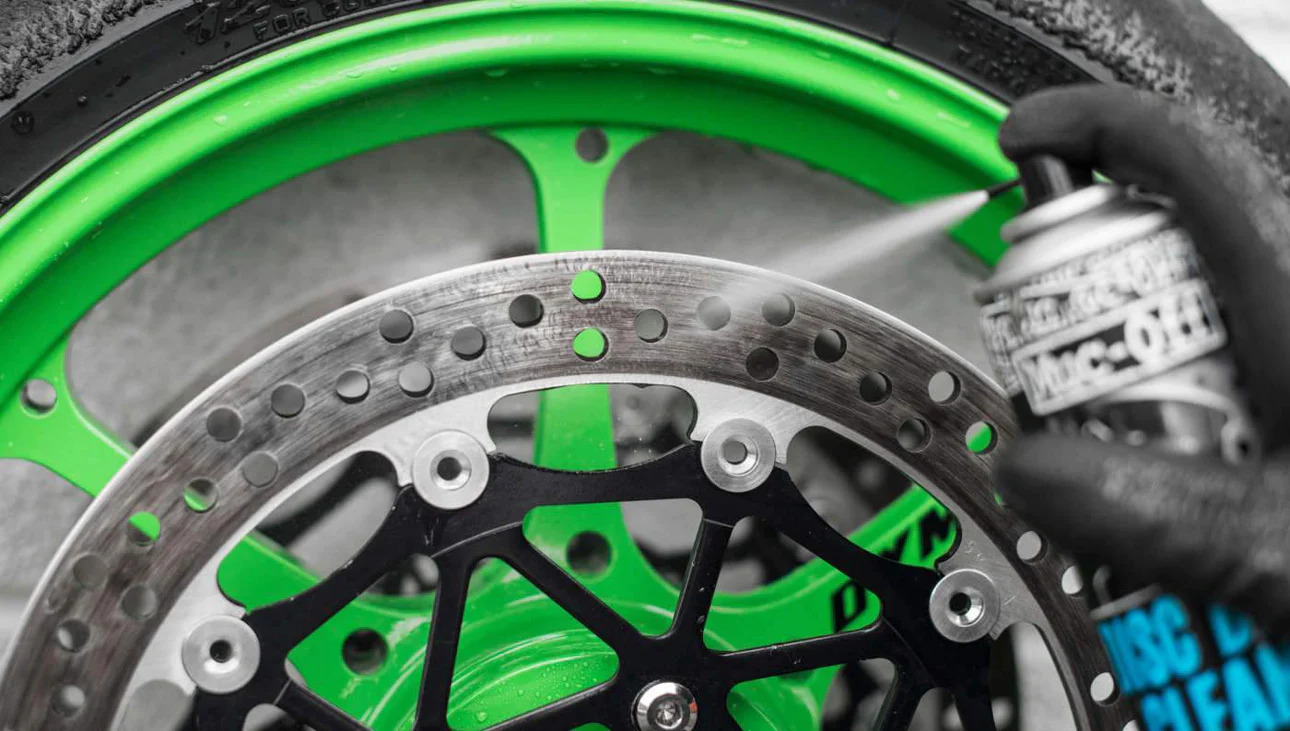

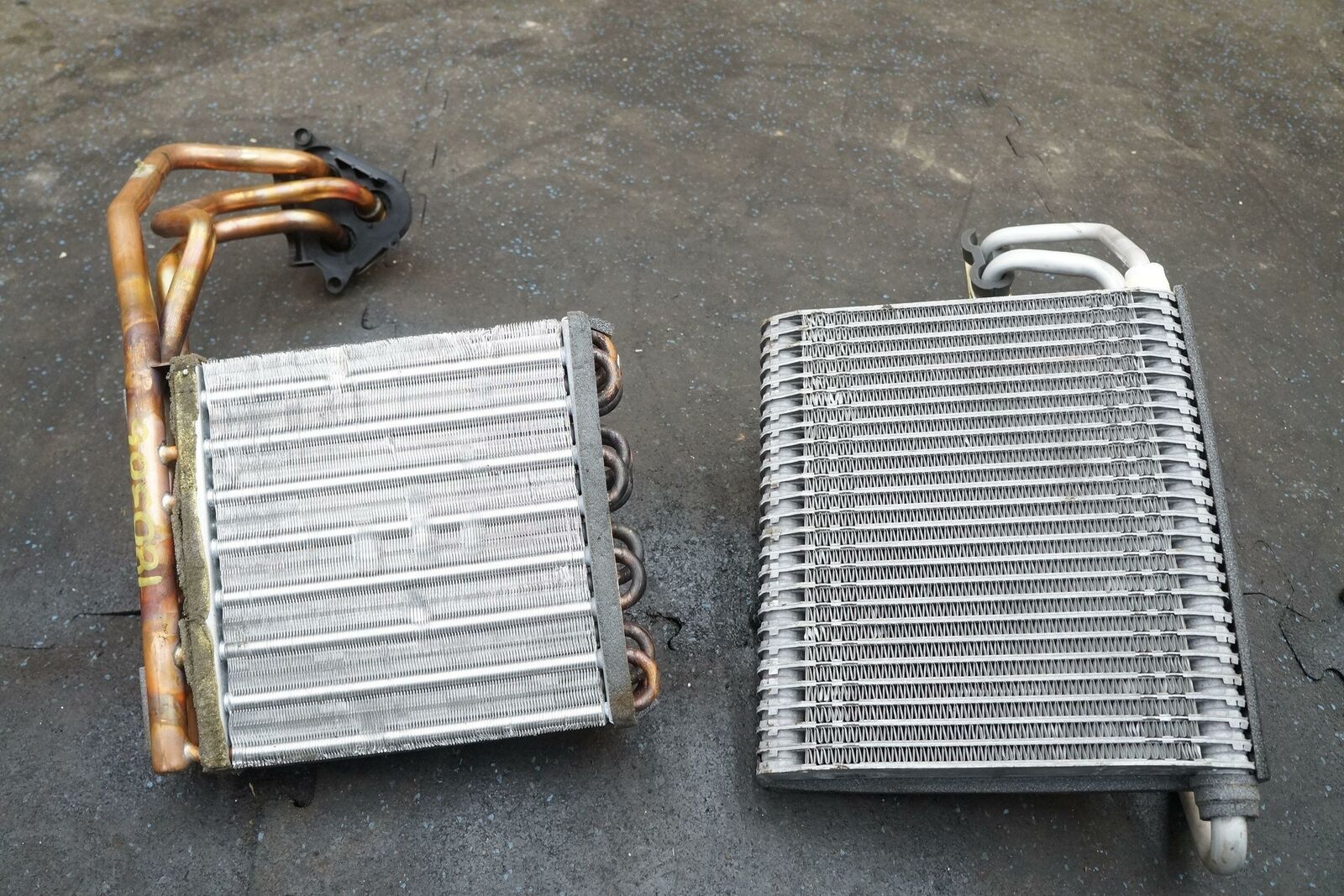
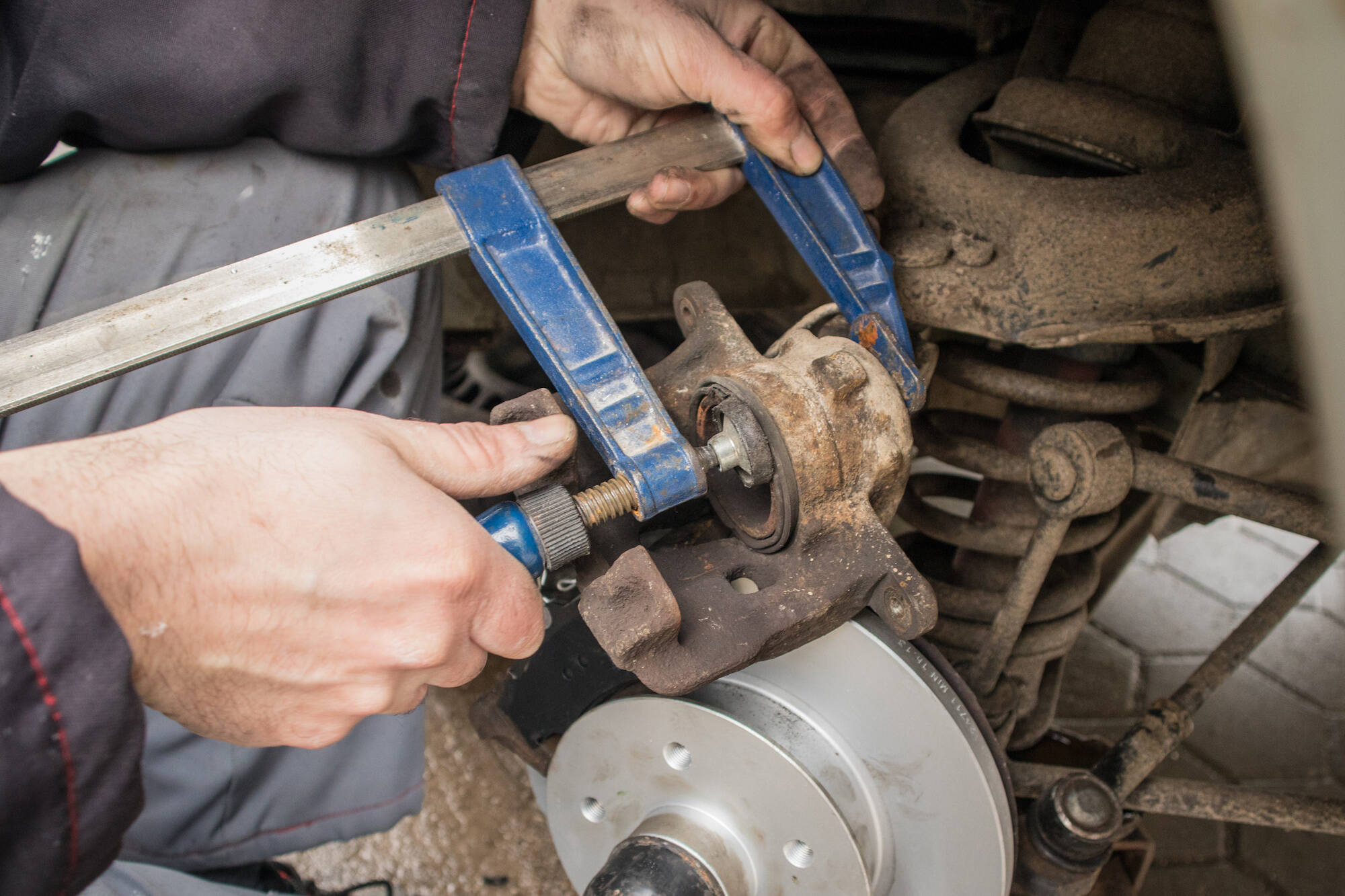
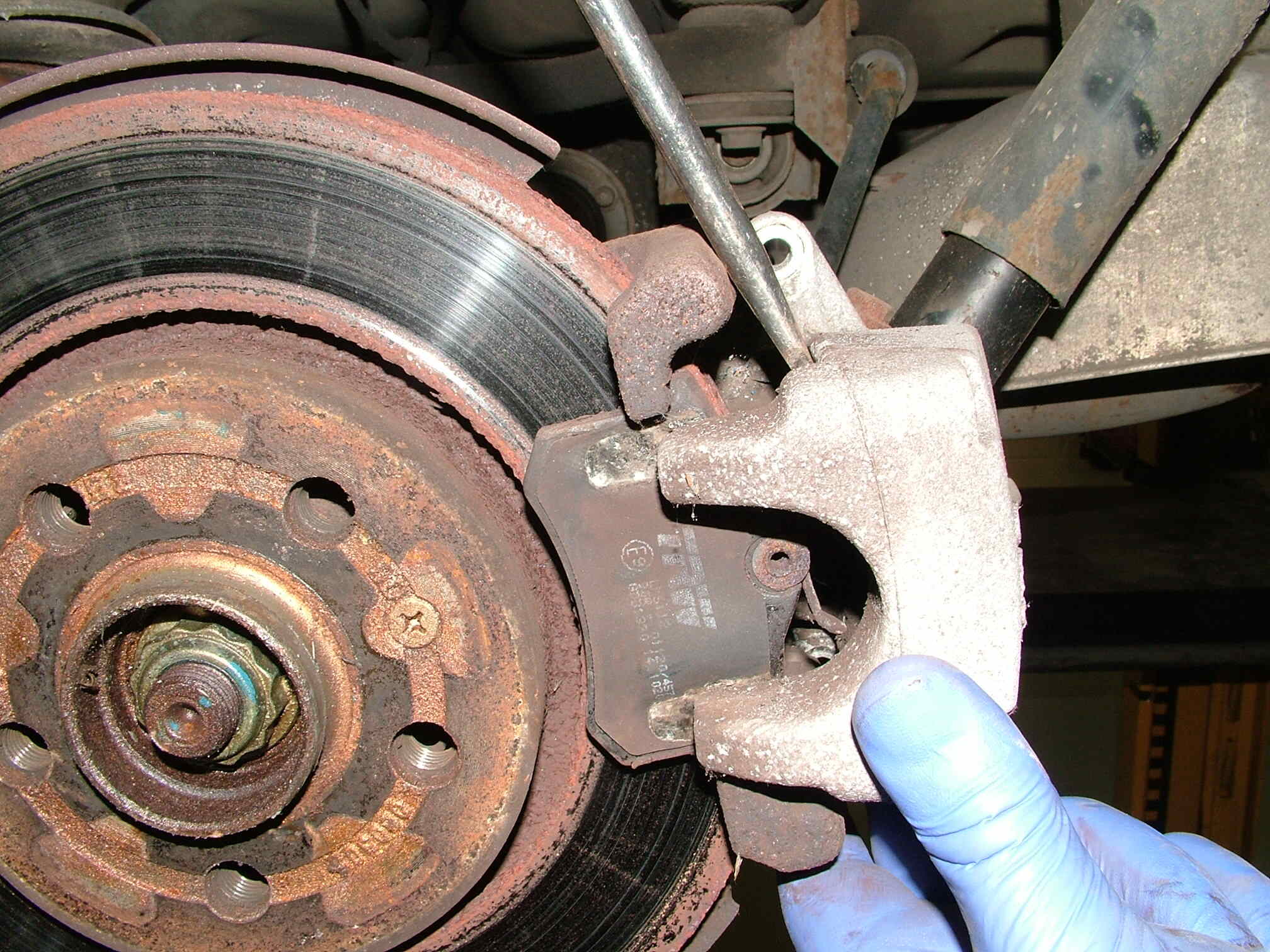
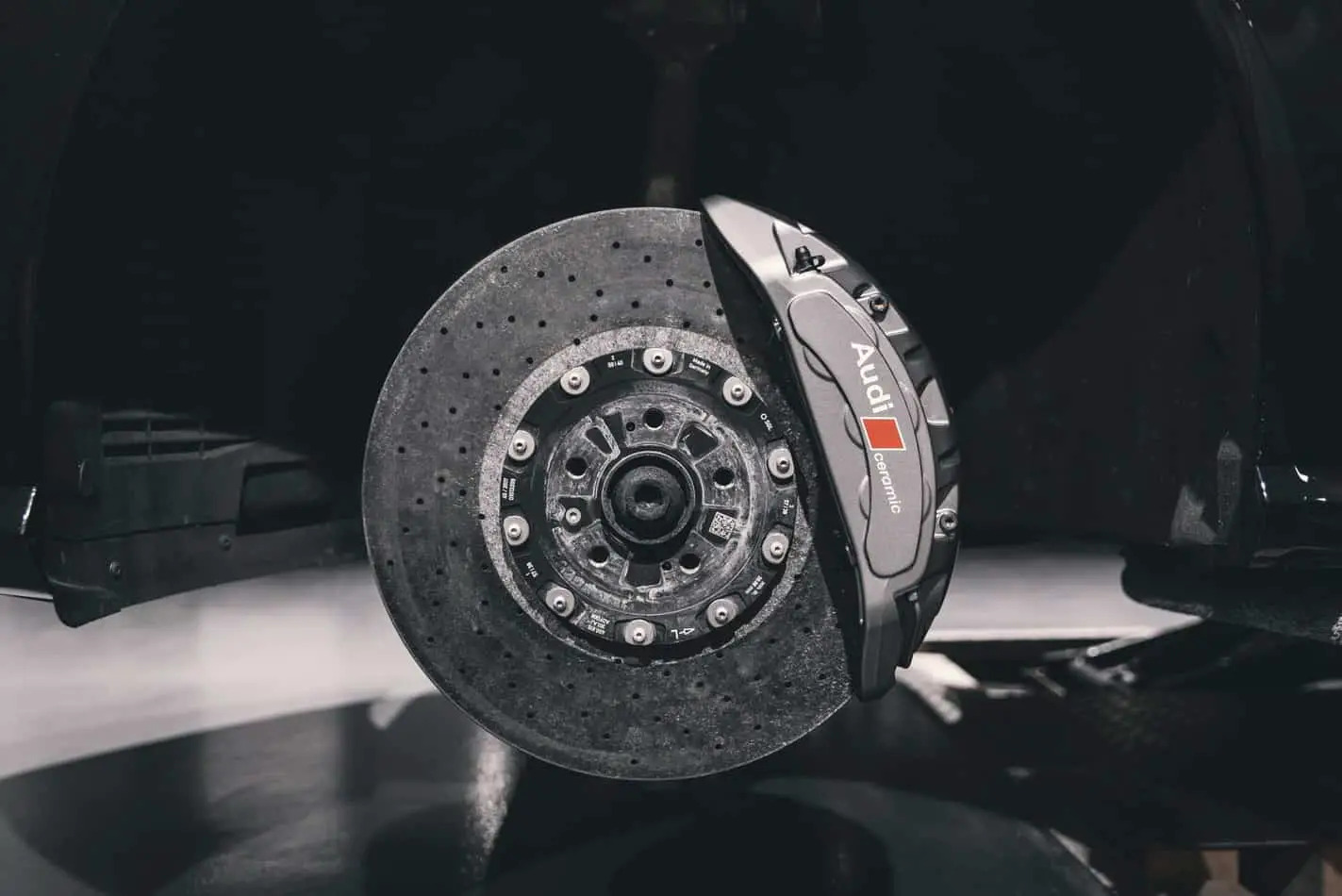
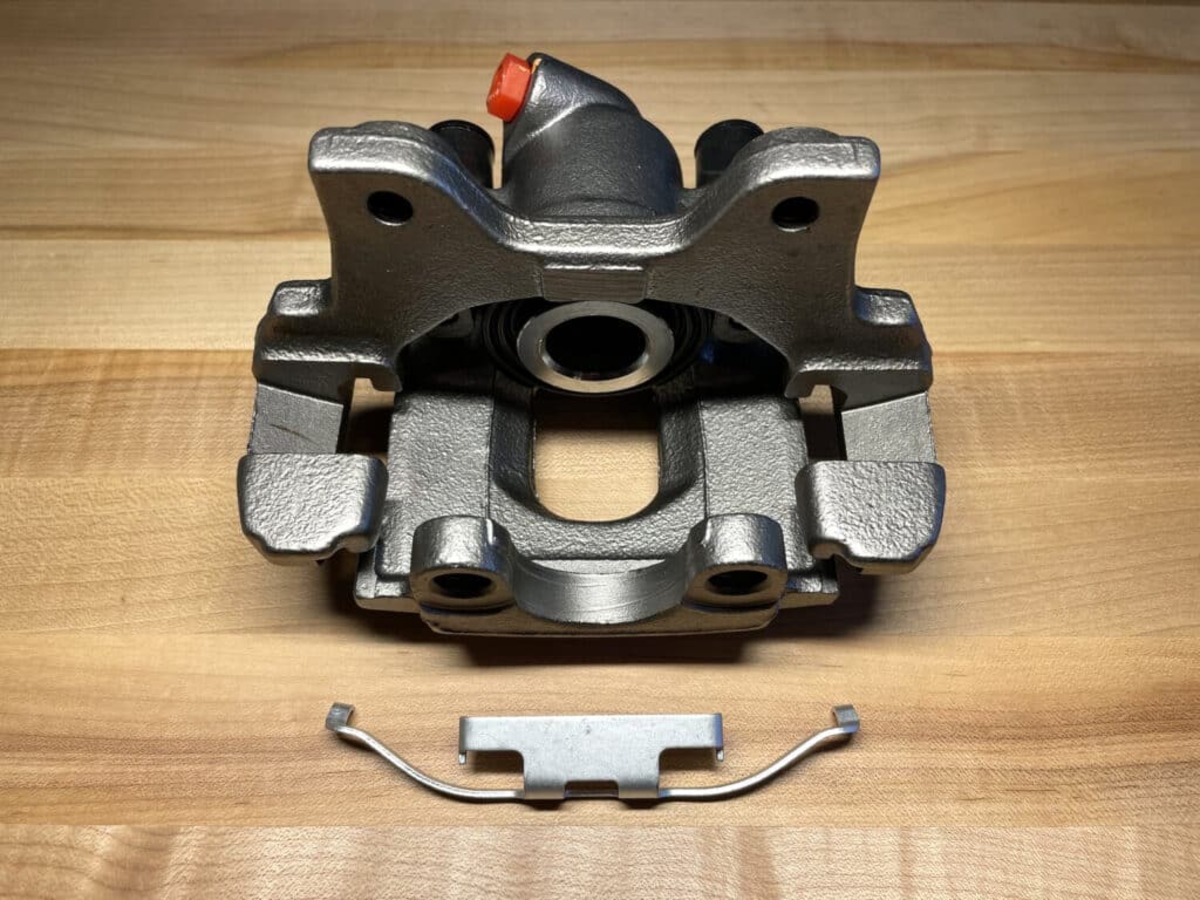



0 thoughts on “What Is A Core Charge For Calipers”